Minute Man Fossils
Cymatoceras texanum-Texas 03
Cymatoceras texanum-Texas 03
Couldn't load pickup availability
Taxa: Cymatoceras texanum
Geology: Weno formation
Age: Cretaceous-Albian
Locality: Tarrant County, Texas
Cymatoceras
Cymatoceras is an extinct genus of nautiloid cephalopods that lived from the Late Jurassic to the Paleocene. It belonged to the family Cymatoceratidae and is characterized by its smooth, involute shell with slightly sinuous growth lines. Cymatoceras was a slow-moving, nektonic predator that inhabited shallow marine environments. Fossils of this genus have been found in various regions worldwide, including Europe, North America, and Asia.
Cretaceous Nautiloids
Cretaceous nautiloids were a diverse group of marine cephalopods that thrived during the Cretaceous period (145–66 million years ago). Unlike their more abundant and morphologically varied ammonoid relatives, nautiloids were less diverse but still present in marine ecosystems. Most Cretaceous nautiloids belonged to the order Nautilida, characterized by coiled, chambered shells used for buoyancy. Genera like Cymatoceras and Eutrephoceras were common. They were slow-moving, opportunistic predators or scavengers that occupied a range of shallow to deep marine environments. While ammonites went extinct at the end of the Cretaceous, nautiloids survived and continue to exist today.
Share
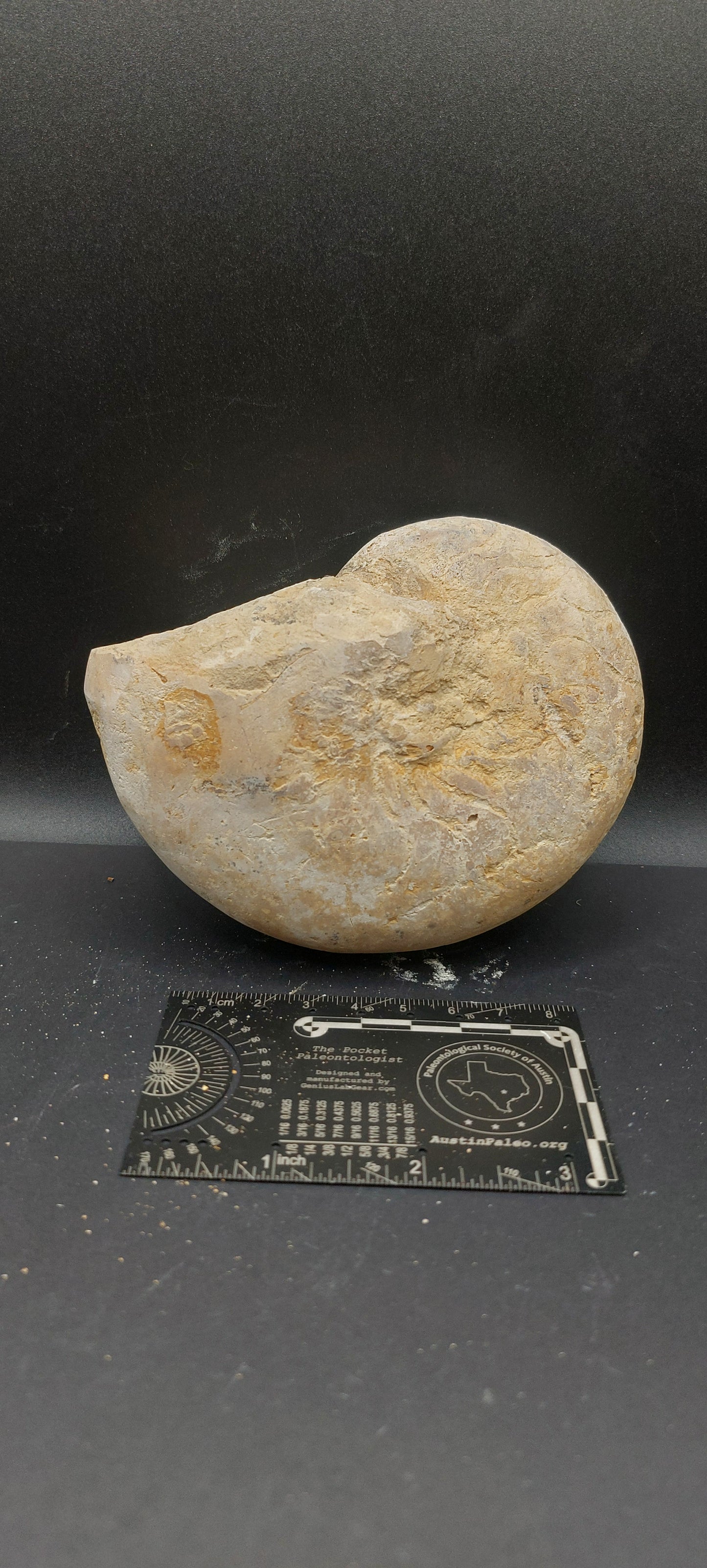
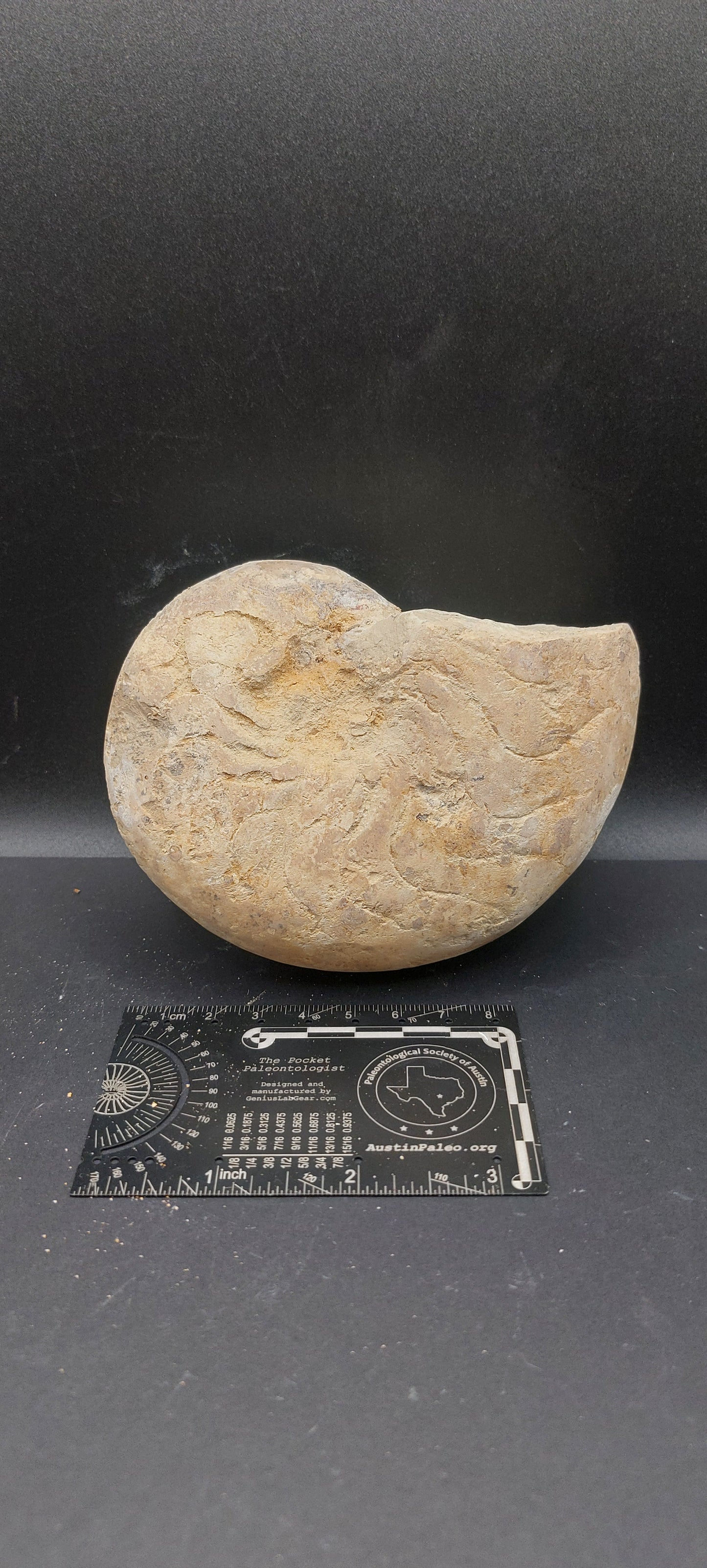
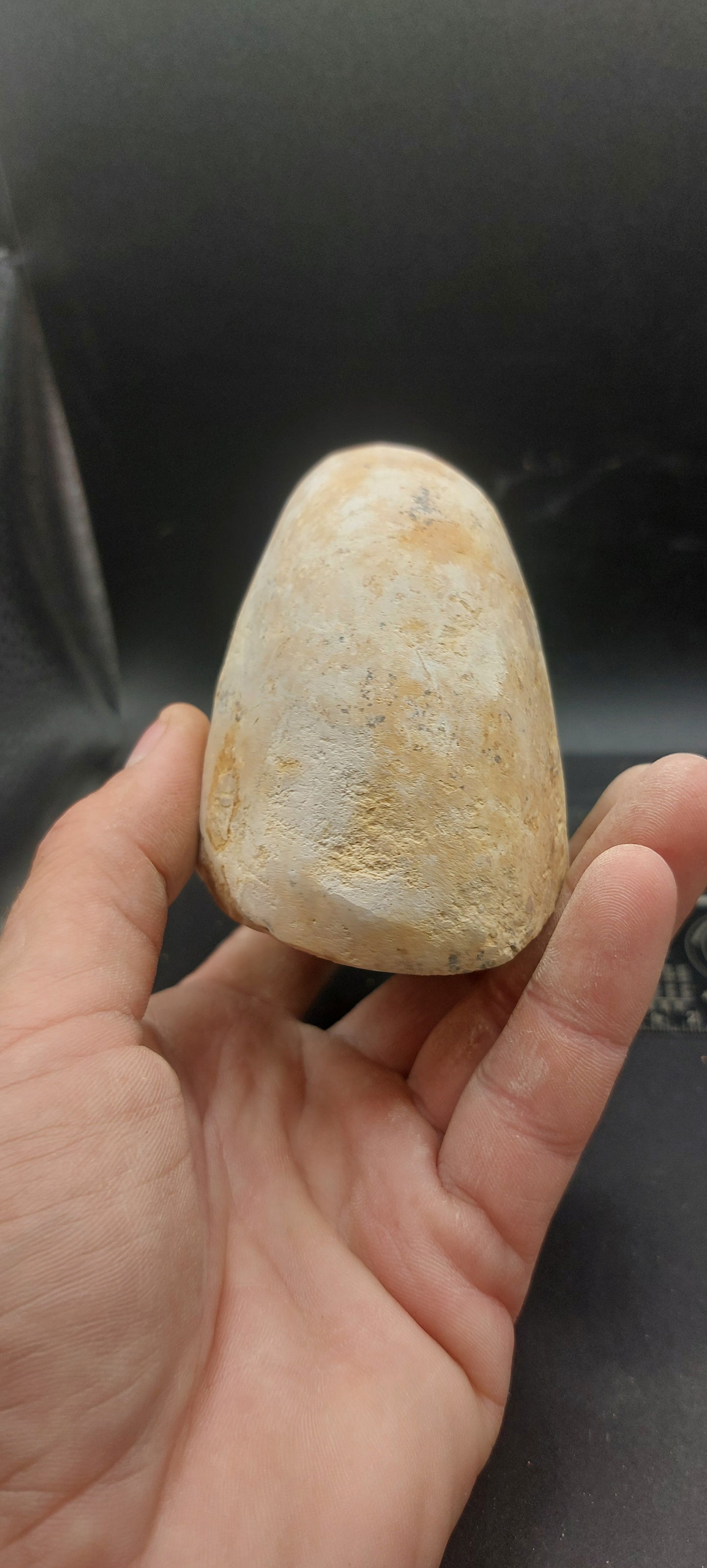
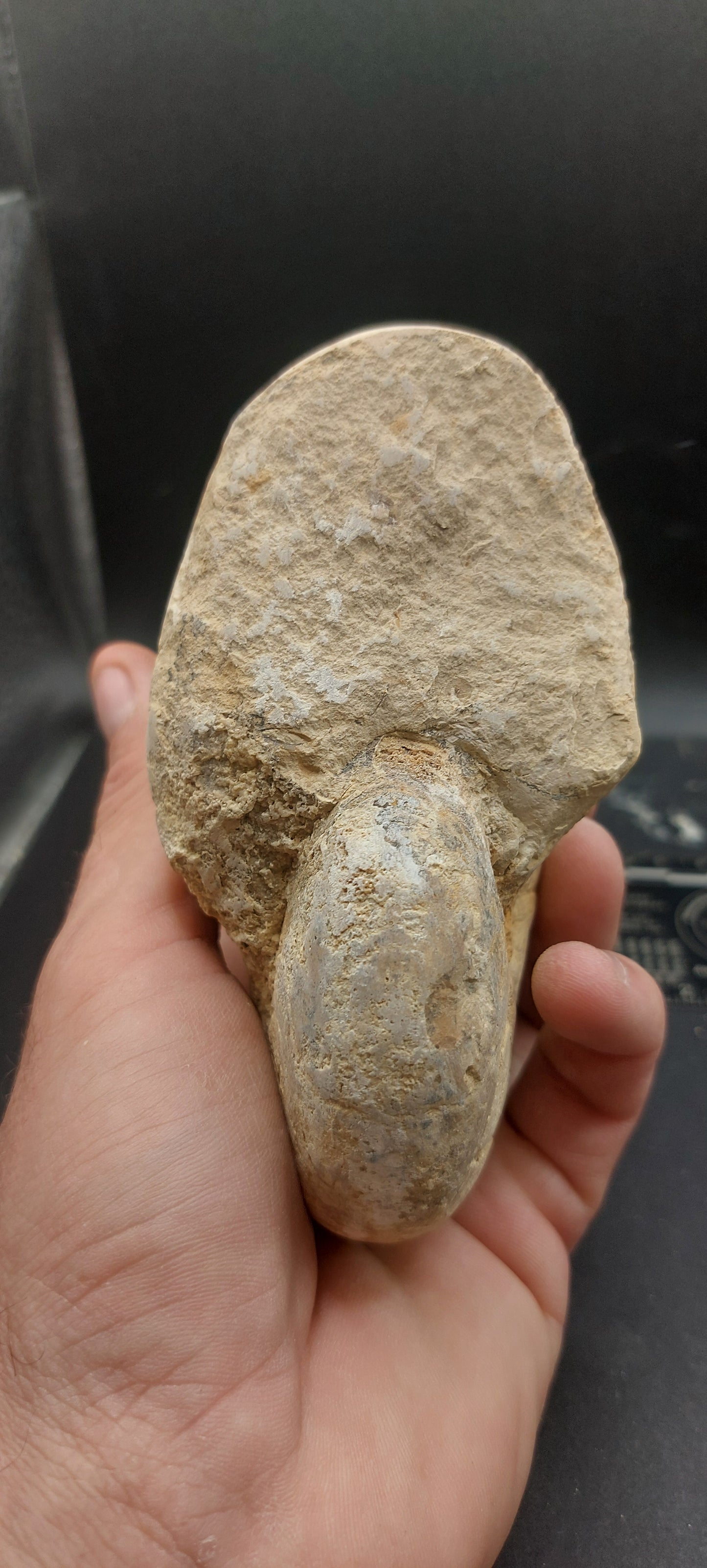
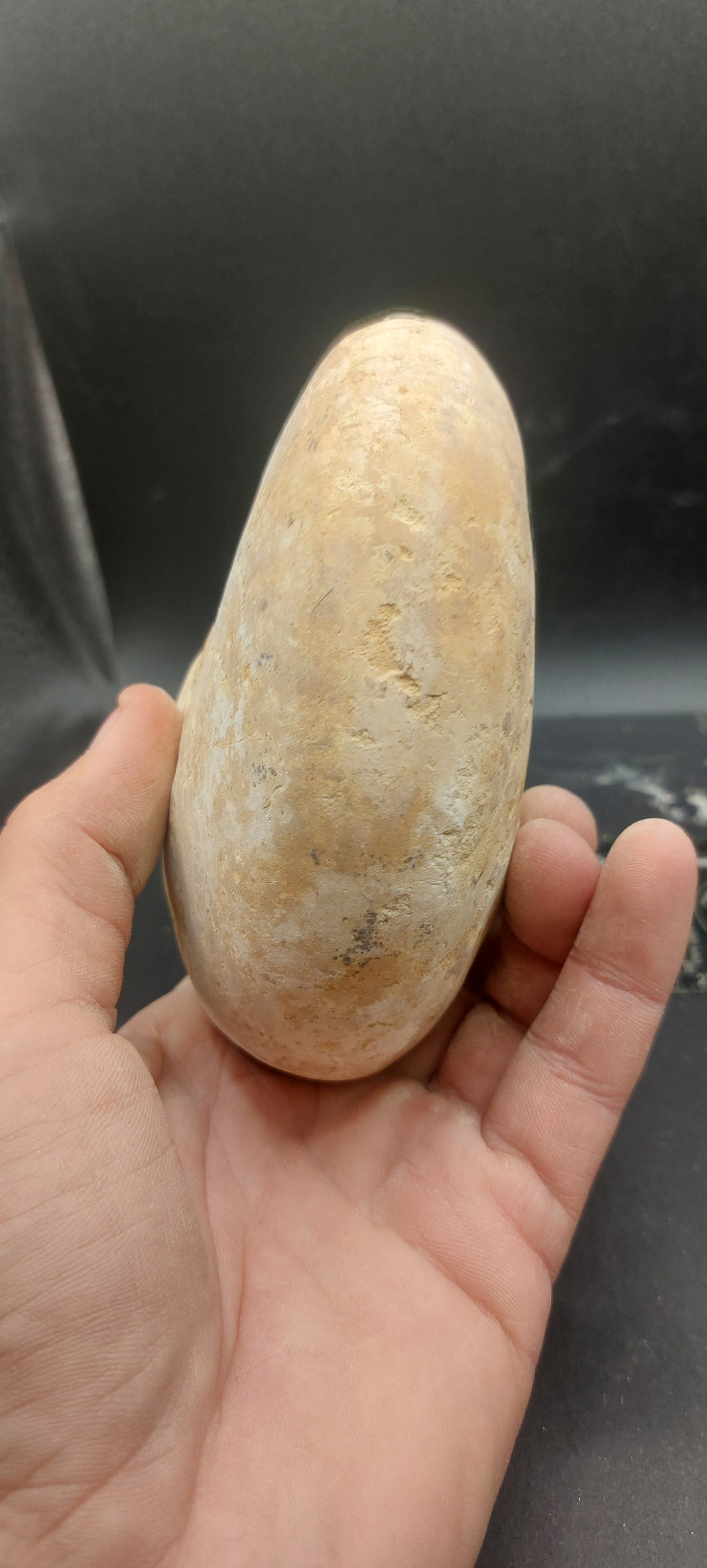
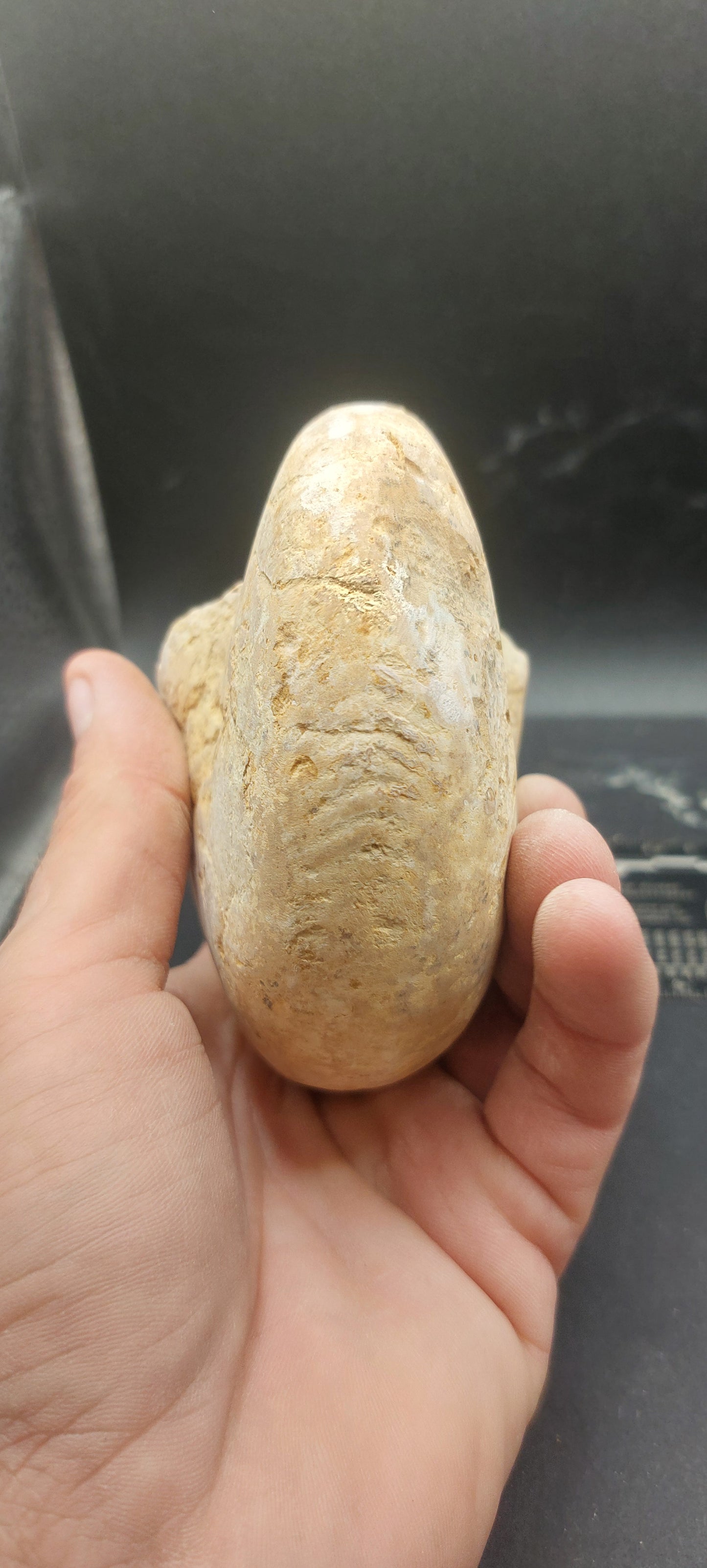
Subscribe to our emails
Be the first to know about new collections and exclusive offers.






